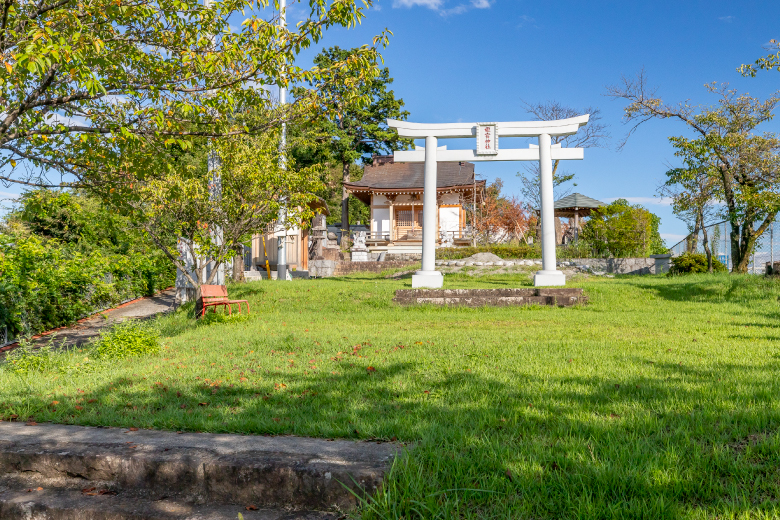In 1607, Tokugawa Ieyasu ordered work to be done on the Fuji River to create a channel for transportation between Iwabuchi in Suruga (present-day Shizuoka Prefecture) and Kajikazawa in Kai (present-day Yamanashi Prefecture). Fuji River branches off from the Kamanashi River in Nirasaki, and flows through Nagano, Yamanashi, and Shizuoka Prefectures to the west of Mount Fuji.
Two hundred and thirty years later in 1835, the channel was extended north to Nirasaki. Following the opening of Funayama River Port, the transportation of rice being sent to Edo Castle as tax as well as crops, salt, and marine products began, and this area began to flourish through trade.
The name Funayama came from the shape of the hill in the area that looked like an up-side-down boat (Funayama means “boat mountain”). A large stone monument now marks the site of the former Funayama River Port.
Two hundred and thirty years later in 1835, the channel was extended north to Nirasaki. Following the opening of Funayama River Port, the transportation of rice being sent to Edo Castle as tax as well as crops, salt, and marine products began, and this area began to flourish through trade.
The name Funayama came from the shape of the hill in the area that looked like an up-side-down boat (Funayama means “boat mountain”). A large stone monument now marks the site of the former Funayama River Port.

